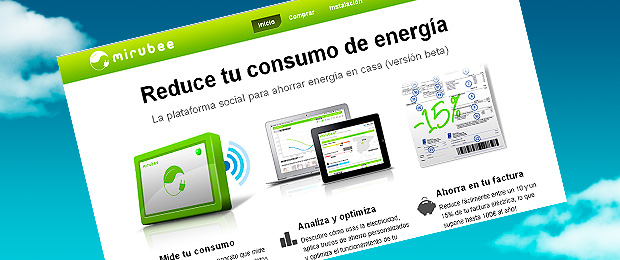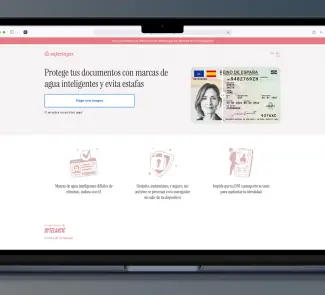It seems to be fashionable to speak of electricity lately. And rightly so! After progressive electricity fee rises in the last few years, Spain appears in the Eurostat as the European country with the third most expensive domestic electricity (behind Cyprus and Malta, data as at 2011). We do not want to go into the reasons which led to this situation but it is worth noting that the trend in recent years, at European level, is for the price of electricity to decrease: Sweden: -20.37%, Denmark: -15,57% or Italy: -12.05%. By contrast, Spanish electricity fees have not decreased since 2008, but have increased by over 50%.
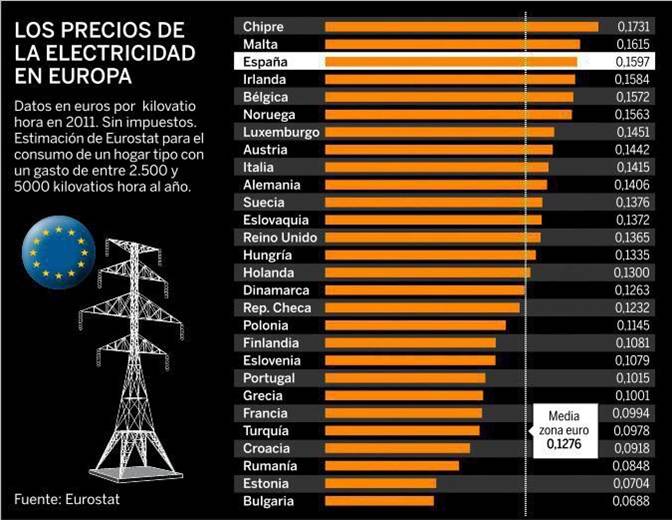
Faced with this scenario, consumers watch with resignation as their electricity bill plays an increasingly crucial role within the family economy and many wonder how they can pay less. The ordinary citizen gets his electricity bill and sees: contracted power tariff, tax on electricity, meter rental, payment for electricity consumed, VAT (applied to the total, including electricity tax!)… and sees, again with resignation, that what little he understands is the final number, in the box stating what he hasto pay. The question, however, remains: What have I really spent my money on? What do I do to avoid another surprise next month? What can I do to reduce my electricity bill?
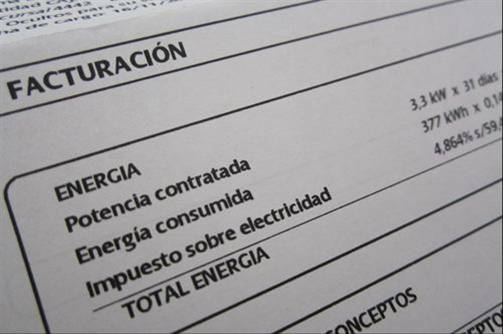
Compare for a moment an electricity bill with a phone bill. In the case of the phone, we see a detailed list of all calls made during the month, destination, time, duration, number of sms, euros, etc. This way, in addition to controlling «where the money goes», the user has enough information to choose another rate (mornings, evenings, weekends), identify «abnormal» calls or simply be more aware of the use of the telephone and moderate it during the next month.
However, in the case of electricity bills we do not have even a rough idea of how and what we spend. It is less intuitive than it appears, which means that, in general, we are completely «blind» to the electricity we consume.
If we knew the day/night ratio of our electricity consumption we would know whether or not it is worth switching to a time discrimination rate (if 30% of consumption is made at nighttime, from 22h to 12h, it would already be worth it). And yes, this rate does exist and you can contract it, though many people don’t even know about it. If we knew the maximum consumption (peak) of the last few months we would know if we could reduce the power we have contracted. If we knew how much we spend on lighting or in stand-by, we would know whether or not it is worth replacing bulbs or installing a «stand-by killer». If we could detect consumption abnormalities, we would know it is time to clean the air conditioning filters (if the air has trouble passing through the filter the fan consumes more), that the fridge doesn’t close properly, that the electric boiler loses heat, etc.
So, what actions are most appropriate? How much could you save each month because of them? All these questions could be answered simply by knowing in detail how we consume our electricity.
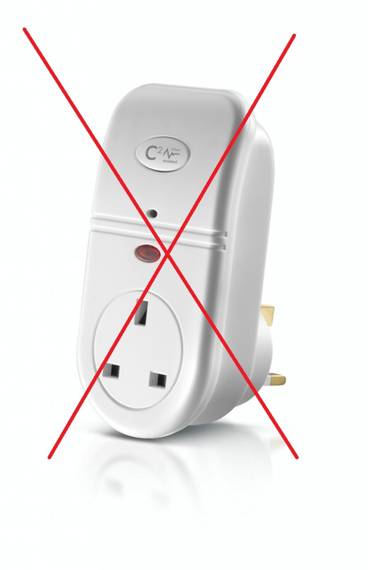
Currently there are commercial solutions that offer information on the total domestic consumption curve, just like the bill does, but for each hour. In some cases, the consumption of a particular appliance can be read by interposing a plug-in type measuring device between the wall outlet and the consumer element. However, these solutions are either incomplete or too expensive and cumbersome as they require the installation of a measuring device in all outlets we want to measure in detail. This poses three major problems: first, the inconvenience of installation (moving the refrigerator, the dishwasher, etc.); second, higher installation costs in proportion to the number of outlets we want to monitor; and third, it is impossible to monitor the use of elements that are not connected to a power outlet: lighting, air conditioning, some hobs and ovens, and so on.
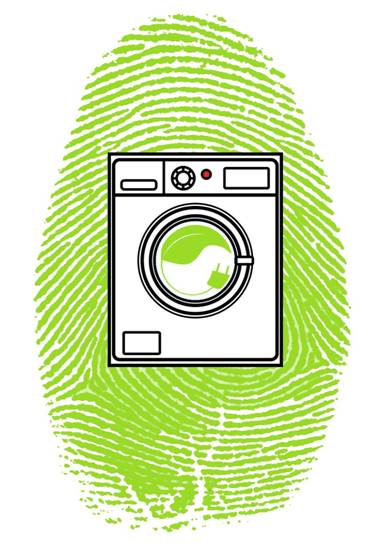
And this is precisely the problem solved by Mirubee, one of the pieces of equipment selected by Wayra Madrid.
The technology being developed by Mirubee overcomes the problems mentioned above. The idea is to separate the various household consumption data from a single general reading by installing only one device in the home’s electric panel. Using a high-frequency sampler and applying signal analysis and artificial intelligence algorithms, it is possible to decipher the «consumer fingerprint» of each device and classify it. So, with a single meter (cheaper) and powerful software, the solution achieves a complete energy X-ray of the home, appliance by appliance.
All this information is processed and presented in a simple and understandable way through the Mirubee web platform in which, in addition to the measured data, professional advice is provided on what would be the most efficient actions based on each user’s individual data. All this is done in a social manner to provide a wider view beyond the user’s own home and to give an understanding of what «normal» consumption is compared with others (among equivalent profiles), to see who has managed to consume less or see who has the best ideas for achieving savings.
In short, at Mirubee we want our users to be well informed so they can take control of their home energy and do so in a social and fun way, and allow everyone to add their two cents to make the world a little better.
